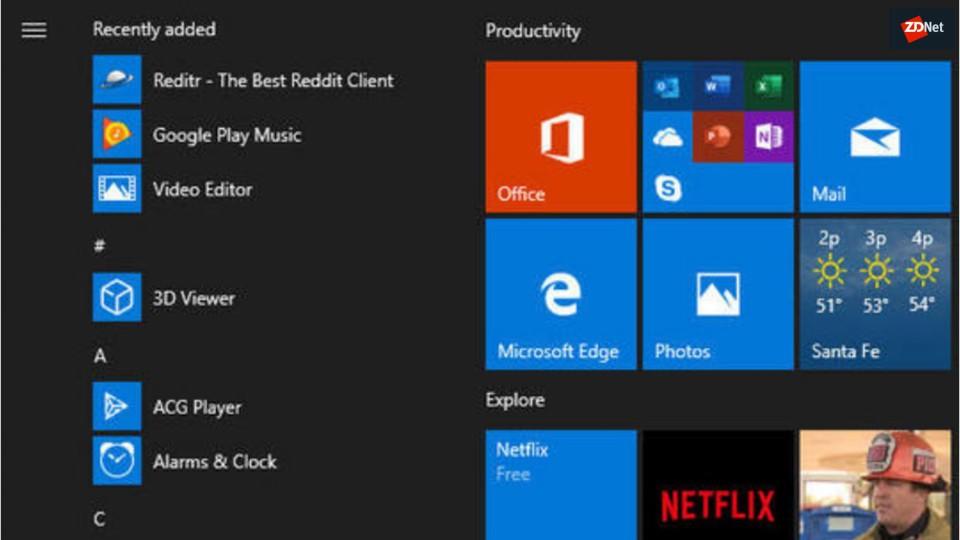 The latest Windows preview from the 20H1 branch, build 18917, has some hidden components that signal a future where the Windows Shell UI parts, such as Action Center, will be separate from the rest of Windows and can be updated with shell packages.
The latest Windows preview from the 20H1 branch, build 18917, has some hidden components that signal a future where the Windows Shell UI parts, such as Action Center, will be separate from the rest of Windows and can be updated with shell packages.
A developer who uses the Twitter handle Albacore gave a breakdown of a new component in Build 18917 called ‘Shell Update Agent’, which he notes is “capable of obtaining and updating the shell on demand”.
That capability may mean nothing to most Windows 10 users. However, for Windows watchers it could be an interesting development of Microsoft’s unannounced plans for Windows Core OS, in which Windows is modularized and calls on a range of shells that target different form factors, from HoloLens to Surface and dual-screen devices like the recently revealed Centaurus laptop, whose shell is called Santorini.
Albacore goes on to explain that the Shell Update Agent references ‘Package Family Names’, which suggests that the “shell will indeed be a separate, packaged component”.
Those shell packages can be acquired from both external and internal sources, which could mean shell components like the Start Menu, Action Center and Taskbar could be selectively built, based on these acquired packages.
As Albacore points out, calling the ShellUpdateAgent’s StartInternalPackageAcquisition “magically” installed a UX package called ‘UX.Client.ST’ from the Microsoft Store. However, for now that utility is just a placeholder.
Albacore notes that Windows 10 Action Center in these new builds is one of the first features to acquire a Shell package.
Finally, one more shell-related change noted relates to a new method for syncing settings.
“The new one should support syncing more advanced and previously ‘legacy’ options such as File Explorer configuration,” Albacore notes.
Assuming Microsoft proceeds down this path, these changes may arrive somewhere between March to May 2020, the expected release date of Windows 10 from the 20H1 branch.
Besides these unannounced changes, the Windows 10 preview build 18917 has plenty of other interesting new features for developers, including the new Windows Subsystem for Linux 2, which is underpinned by Microsoft’s very own Linux 4.19-based Linux kernel.
[“source=zdnet”]




